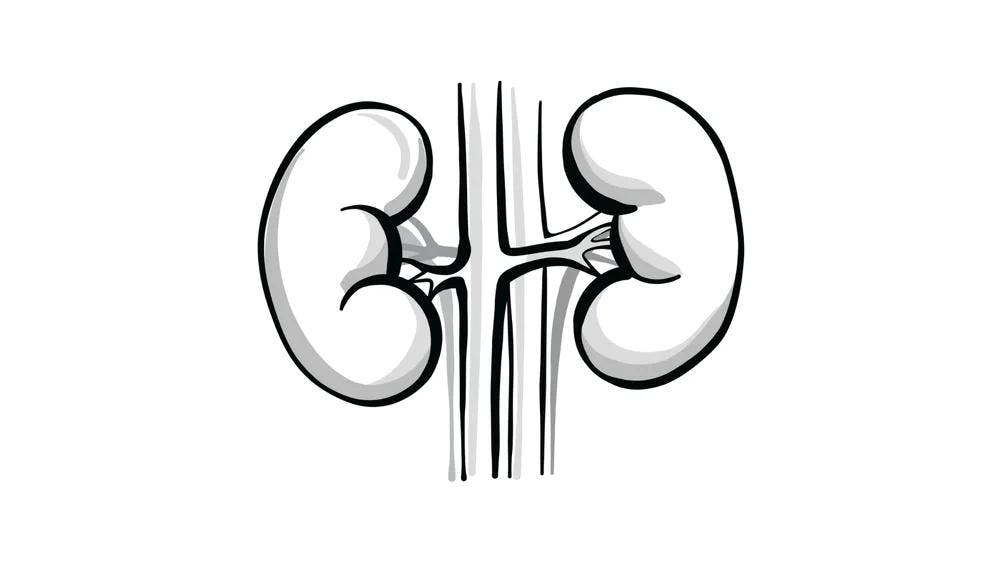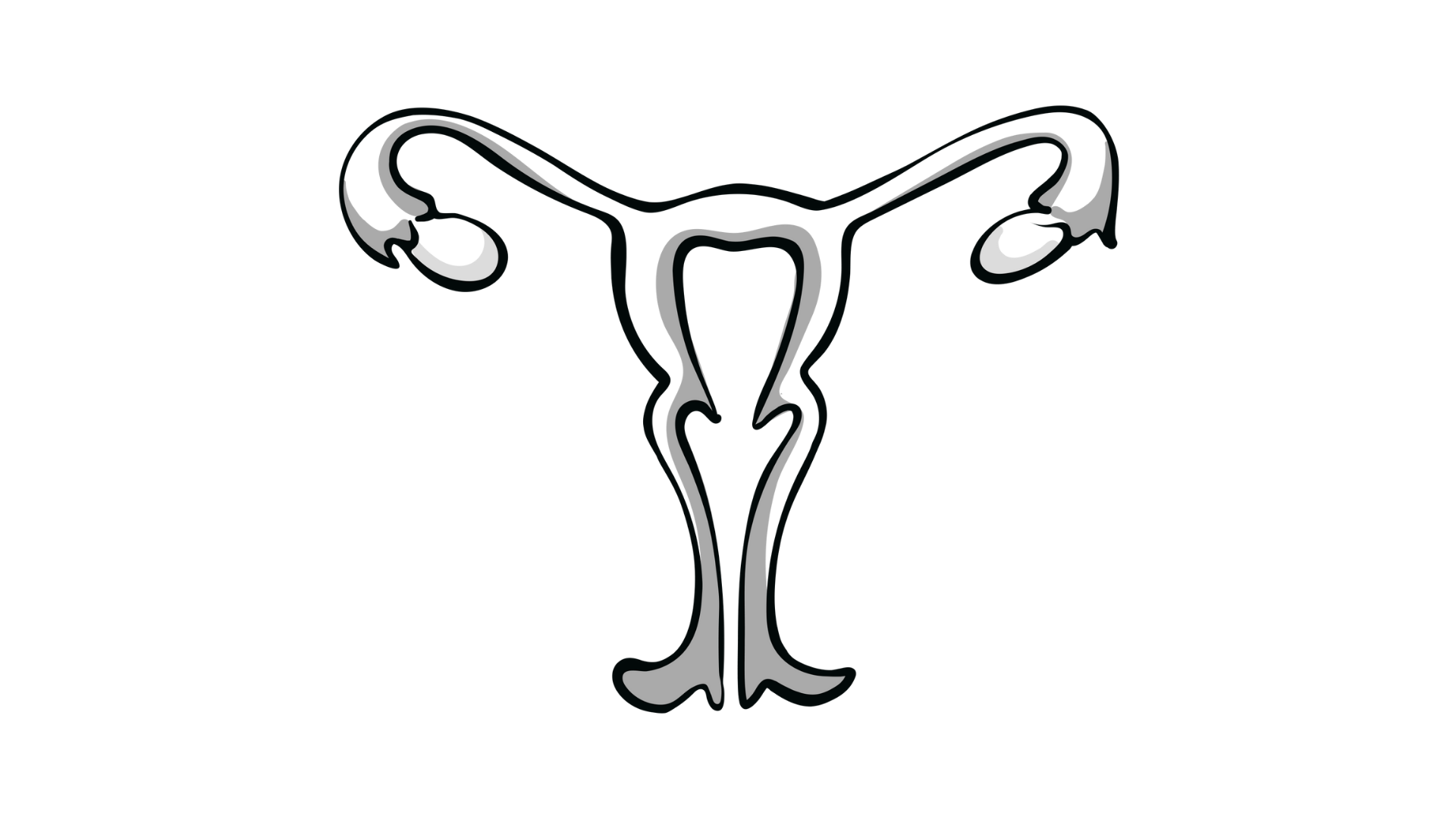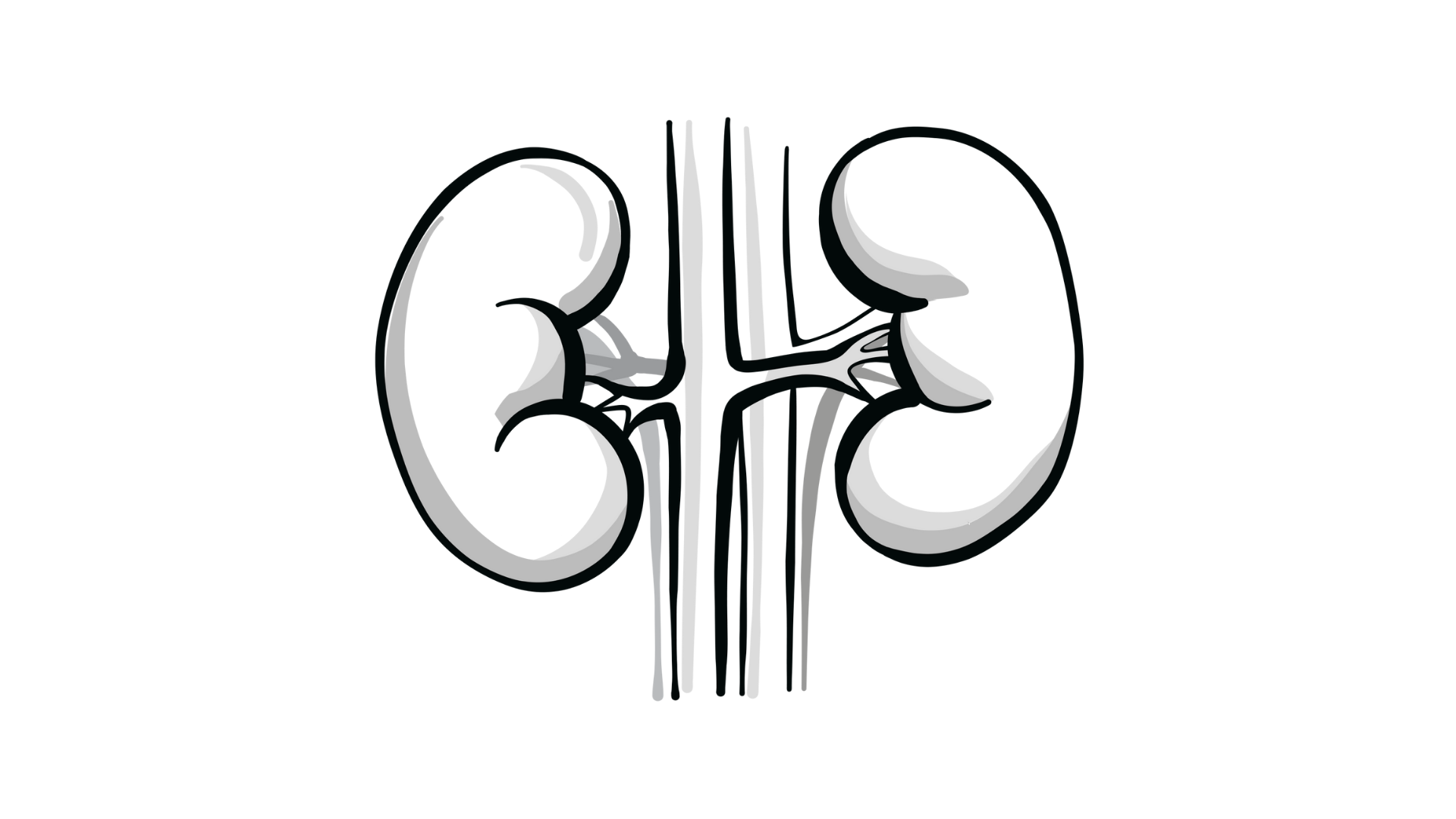Hashmi Reviews Teclistamab Data for a Patient With R/R Multiple Myeloma
During a Targeted Oncology™ Clinical Case Forum event in partnership with the South Carolina Oncology Society, Hamza Hashmi, MD, discusses the significance of the MajesTEC-1 of the bispecific T-cell engager teclistamab for patients with relapsed/refractory multiple myeloma.
Hamza Hashmi, MD
Assistant Professor Department of Medicine
Medical University of South Carolina
Charleston, SC

CASE SUMMARY
- A 63-year-old man in a rural community received a diagnosis 8 years ago of IgG-κ multiple myeloma.
- Recently, he presented with penta-refractory disease progression. His prior lines of therapy included autologous stem cell transplant, 2 proteasome inhibitors (PIs), 2 immunomodulatory agents (IMiDs), and an anti- CD38 antibody drug.
- The patient’s medical history includes hypertension controlled with lisinopril.
- ECOG performance status: 1
- The patient asked about chimeric antigen receptor (CAR) T-cell therapy, but after learning about the long waiting lists at accessible institutions, he opted to pursue an alternative therapy.
Please discuss your preferred trial regimen for this patient with relapsed/refractory (R/R) multiple myeloma.
MajesTEC-1 [NCT03145181] was a phase 1/2 study—multicohort, multicenter, dose escalation, dose expansion cohort study. Teclistamab [Tecvayli] was given in this trial as intravenous and subcutaneous therapy, so we had multiple cohorts for that as well.1 The key eligibility criteria for this trial…were [patients with] R/R multiple myeloma; patients who had an [ECOG] performance status of at least 1; and patients who were triple-class exposed to a PI, IMiD, and CD38 antibody, which many of our patients…are. By the time they go through their induction, transplant, and maintenance, they may have all 3 classes of drugs given to them. No prior BCMA [B-cell maturation antigen]-directed therapy was allowed in this trial.
Teclistamab was given in a step-up dosing manner with a final full dose of 1.5 mg/kg every week until disease progression or intolerable toxicity. The key end points for the trial were progression-free survival [PFS] and the overall response rate [ORR]. The key secondary end points were duration of response [DOR], minimal residual disease [MRD] negativity, and then adverse events [AEs] as well, given that it was a phase 1/2 study looking at both efficacy and safety.
What were the baseline characteristics of patients enrolled in MajesTEC-1?
If you look at the patient population, you can see that nearly 15% of the patients in this trial were [older than] 75 years; the median age for myeloma is 69 years. Many of our patients are older, and they’re also frail…. We gave them teclistamab therapy and wanted to know how they tolerated the treatment…. Bone marrow plasma cells of 60% or more were [seen in] 11%. I think it’s an important point; I always like to see how heavy a disease burden patients have when they [start] this therapy. Because in real-world practice, you want to know what happens with a patient with extramedullary myeloma, high-risk myeloma, heavy disease burden, a lot of protein, whether they respond or not, if they have more toxicities, etc.
Seventeen percent had extramedullary myeloma. High-risk cytogenetics made up 26%, and it’s a fair representation of high-risk cytogenetics and this patient population. What they’re defining as high risk is patients who have fluorescence in situ hybridization panel with deletion 17p, translocation 4;14, and translocation 14;16. [With the] International Staging System [ISS], combined stage II and stage III can also be considered biologically aggressive high-risk disease; nearly 50% had [ISS stage II or III]. [Regarding] renal impairment, [more than] 25% had baseline clearance of less than 60 mL/ min/1.73 m2. I don’t believe they had any patients who had creatinine clearance of less than 30 mL/min/1.73m2 on this trial.
[The median] prior lines of therapy was 5. One patient received 14 prior lines of therapy. If patients have had myeloma for 10 or 11 years, I’m not surprised that they go through all different lines of therapy. But nearly 75% of the patients have had at least 4 prior lines of therapy. A majority have had autologous transplant; very few [have had] allogeneic transplant. If a patient had an allogeneic transplant 3 months prior to the trial, they were not allowed onto the trial, given the risk of immunological AEs.
Exposure status is very important…. The refractoriness, which I believe is the key in any trial that you look at in late relapses with CAR T-cell therapy or with bispecific drugs, is very critical. There were 78% of the patients who were triple-class refractory and 30% who were penta-refractory. It’s important to look at some of these high-risk features present in the patients enrolled in this trial, 165 patients in total.
How did patients do in terms of efficacy with teclistamab?
Looking at the efficacy data, the median time to the first response was approximately 1 month. At the data cutoff, two-thirds of the patients had maintained a response. DOR was... approximately 18 months. PFS was 11 months, and OS [overall survival] was 18 months for this trial. The ORR was a primary end point and was consistent across all subgroups: high-risk myeloma, extramedullary myeloma, and myeloma that is penta- or triple-class refractory. The ORR was 63%, and a vast majority were very good partial response [VGPR] or better. I focus on that because I think when patients have penta-refractory, late-relapsed myeloma, the depth of response does have some value. If you’re getting a vast majority of your patients to experience a VGPR or better, that is at least fairly decent for a drug to be performing as a single agent.
The follow-up on efficacy and AEs [showed patients with] higher cytogenetics and advanced-stage myeloma were doing equally well compared with the low-risk patients without these features.2 At data cutoff, nearly 45% had achieved a complete response or better. Median DOR with longer follow-up was 24 months. The median PFS was 12.5 months, and OS was nearly 22 months. At 22-month median follow-up, cytopenias can be seen in these patients.
Were there any AEs that stood out in the toxicity profile?
There were some discontinuations; there was only 1 dose reduction.1 Dose reductions are never advised; dose delays can be done. Infections are a real and present risk with this therapy. Seventy-six percent of the patients had an infection, 75% had hypogammaglobulinemia, and 45% of those patients who had an infection had a grade 3/4 infection—it put them in the hospital, [and they needed] intravenous antibiotics and antimicrobials. This trial was done in the era of COVID-19. So I have to applaud the investigators, the patients who took this trial on in the midst of a pandemic. We did see some deaths related to COVID-19. [A vast majority of] infections that led to death were COVID-19 related. Twelve deaths happened from COVID-19 infection.
How do the depth and duration of response compare with standard-of-care therapies in R/R myeloma?
It’s fairly encouraging and exciting and impressive to see a single agent being given to a patient population with 5 prior lines of therapy—where nearly one-third had penta-refractory myeloma—[and to see them] achieve a response rate of 65% with a single agent. Just to give some perspective into myeloma, therapy with daratumumab [Darzalex] was first studied in penta-refractory myeloma. Its response rate as a single agent was around 25% to 30%. We moved it up front and in combination with other therapies available, and the response rate is 95% to 98% in [patients with] R/R myeloma.
So as a single agent in this late line of therapy, two-thirds [of patients] responding is very impressive. I think the VGPR of nearly 60% is also impressive; it’s a deep response. DOR of 24 months gives CAR T-cell therapy a run for its money. Patients may not have access to CAR T, so if you give this therapy and they respond, they can get a very durable remission from teclistamab.
MRD negativity was seen in 27% of these patients. I think it has some value, but I don’t put a lot of emphasis on MRD for late relapse myeloma. You can get it and you can lose it very quickly. For me, those data have some value in showing that the therapy is effective. But what’s more important is to see how many of these patients had sustained MRD negativity. If you de-escalate therapy, let’s say we make it every 2 weeks and then weekly, or every 4 weeks and then weekly, is that MRD negativity sustained? That will be an important data point to look at.
REFERENCES:
1. Moreau P, Garfall AL, van de Donk NWCJ, et al. Teclistamab in relapsed or refractory multiple myeloma. N Engl J Med. 2022;387(6):495-505. doi:10.1056/NEJMoa2203478
2. van de Donk NWCJ, Moreau P, Garfall AL, et al. Long-term follow-up from MajesTEC-1 of teclistamab, a B-cell maturation antigen (BCMA) x CD3 bispecific antibody, in patients with relapsed/refractory multiple myeloma (RRMM).J Clin Oncol. 2023;41(suppl 16):8011. doi:10.1200/JCO.2023.41.16_suppl.8011












